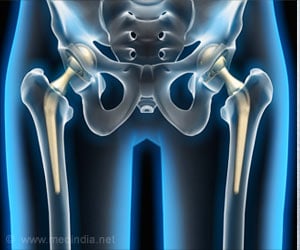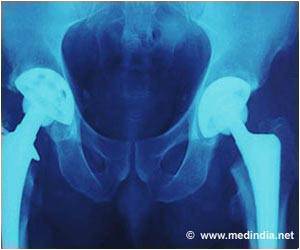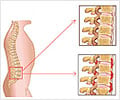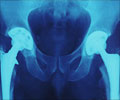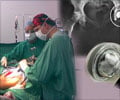A new study challenges the conventional wisdom that patients should wait six weeks before getting back behind the wheel after hip replacement surgery, but many patients are anxious to resume driving.

The study, titled, "A Novel Assessment of Driving Reaction Time Following THR Using a New Fully Interactive Driving Simulator," will be presented at the annual meeting of the American Academy of Orthopaedic Surgeons in New Orleans on March 11, 2014.
"One of the most common questions patients ask after hip replacement is when they can start driving again, and this is the first study of its kind to test their reaction time after the procedure," said Dr. Westrich, who came up with the idea for the driving simulator while watching his children play video games.
But the interactive simulator used in his study is more intricate than a Wii game. "It's a very sophisticated machine made by a company that makes driving simulators for the automobile industry," Dr. Westrich said.
More than 330,000 hip replacements are performed in the United States each year. People exhibit decreased reaction time after the surgery, making it unsafe to drive in the immediate post-operative period. Most doctors recommend patients wait about six weeks before they resume driving, but many don't want to wait that long.
"Over the past five or 10 years, we've seen advances such as minimally invasive hip replacement and newer implants that are advantageous to patients and may improve recovery time. Our study set out to obtain good, objective data to determine if it would be safe for people to return to driving sooner," Dr. Westrich said.
Advertisement
All of the participants had a total hip replacement on the right side, and they all took the driving test prior to having surgery. They were then randomly selected to repeat the test TWO, THREE or FOUR weeks after hip replacement. Reaction time was measured by the computerized driving simulator.
The study defined a return to safe driving reaction time as a return to a reaction time that was either the same as or better than the preoperative driving reaction time. Observing reaction times at different intervals revealed that two and three weeks after surgery patients had not yet made a full recovery to their respective baseline reaction time and generally were not ready to drive.
However, at four weeks following hip replacement, patients had actually improved their reaction time compared to what it was before the surgery and therefore could be cleared to drive. It was also observed that patients under the age of 70 reached an improved reaction time earlier than those over 70.
"By using a standardized, driving simulator to measure reaction times, our study will be reproducible and we can apply our model to other surgical procedures that may affect one's ability to drive safely postoperatively," Dr. Westrich noted. He will soon begin enrolling patients in another study to determine when it is safe to drive after total knee replacement.
Source-Eurekalert

